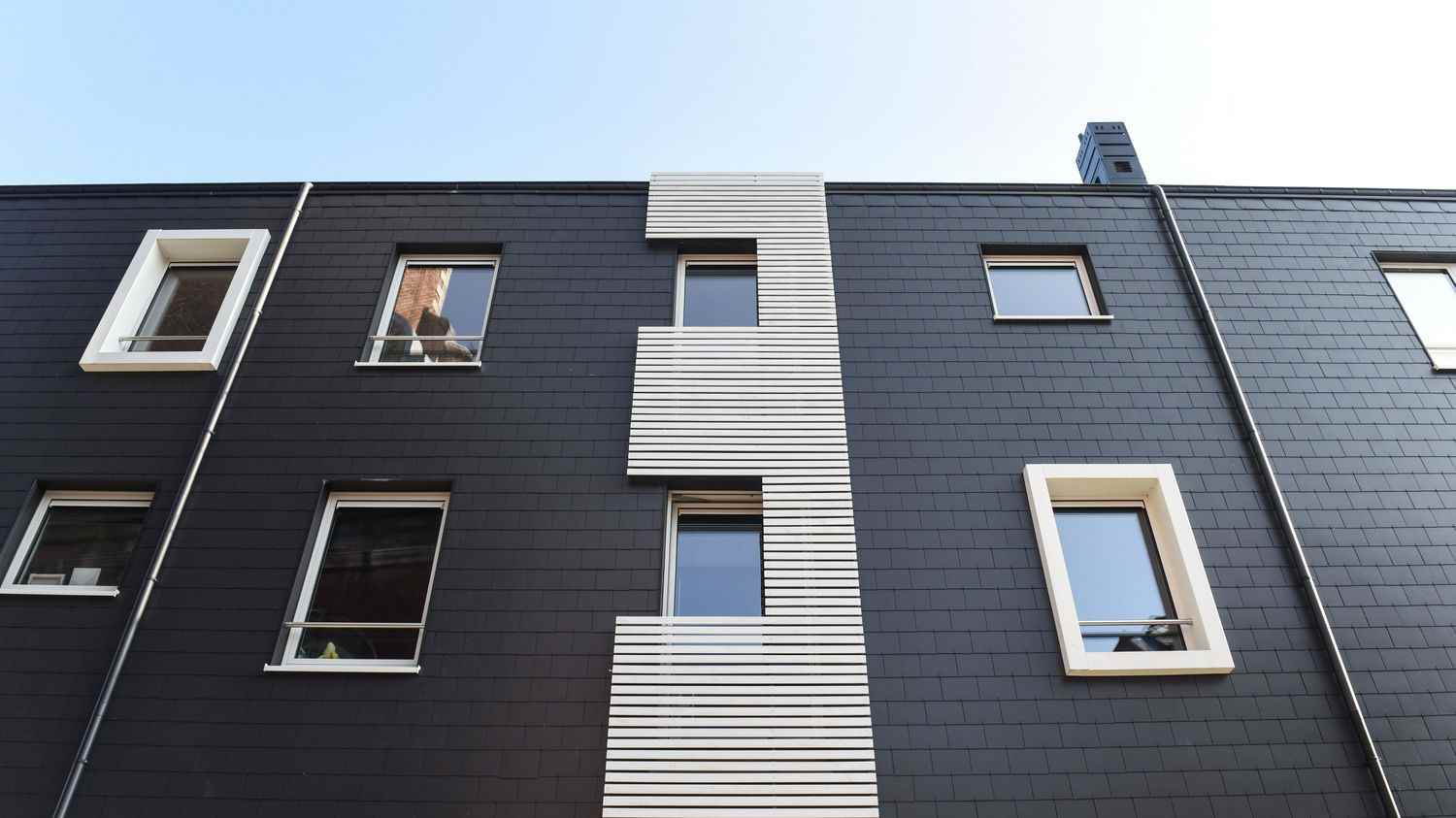“I’m going to show you the apartment I rented in January.” Stéphane lives in accommodation in the 17th arrondissement of Paris and is one of those tenants affected by the rent freeze. “Quickly, at the time of the inventory, I realize that in fact, it is classified in category F, with single-glazed windows and major air leaks”. To close the windows, “you have to try it a lot of times for it to close completely”. So he tried to alert his owners: “I asked them to change the windows.”
>>“It’s 6°C in my shower” #LesMalChauffés: Isabelle recounts her “old-fashioned” life in her poorly insulated house
In the spring, Stéphane receives a negative response from his owners, then this summer, he learns by post that the collective heating costs will increase. Except that from Wednesday August 24, rents are now frozen for real estate classified F and G: no indexation is therefore authorized during the lease, as owners can do in the private sector once a year. . For Stéphane, this rent freeze is good news, even if he did not know it.
“It shows that my letter from the beginning of the year was relevant when I asked them what they were waiting for to do the work! Soon, you won’t be able to rent this apartment anymore!”
Stéphane, tenant of an F-rated accommodationat franceinfo
For a week already, it is forbidden to sign a lease with a higher rent supplement for these energy sieves: the argument “exceptional view of Paris” no longer works.
Next more radical step: from January 1, 2023, it will be forbidden to rent the worst energy strainers. These are classified G dwellings, those that consume up to more than 450 kilowatt hours per square meter per year, or 140,000 dwellings. In comparison, a property classified A consumes six times less.
>> Real estate: when the future ban on the rental of energy strainers “blocks the market”
In 2025, all G-classified housing will be banned from rental, followed in 2028 by F-classified housing – like Stéphane’s – and in 2034 those classified E. From April 1, 2023, an energy audit will be mandatory in the event of sale. of a property, with a precise list of the work to be done to move up in the ranking.
Energy strainers: article 42 is adopted unanimously. It provides for a gradual ban on the rental of these accommodations: those classified G in 2025, then F in 2028 and E in 2034.#DirectAN #ClimateResilience #ClimateLaw pic.twitter.com/lNV105ZWTl
—LCP (@LCP) April 12, 2021
For owners, this schedule of measures does not pass because it is put in place too early, according to Christophe Demerson, president of the National Union of Real Estate Property: “The deadlines are too short! We knew there were supply problems, material problems and labor problems.”
Indeed, one of the main difficulties highlighted is the obligation for condominiums to carry out certain energy renovation works, which can prove to be very important, explains Mickaël Aubry, director of the firm Aubry Gestion, which is the syndicate of about fifty buildings in Île-de-France. “We realize despite everything, and in particular in Paris, that we have very aging buildings, and on will combine the repair of the roof with insulation, probably facelifts with thermal insulation from the outside if possible, especially staircase windows”he says. Accumulation of work that leads to the risk of non-payment.
“We risk finding ourselves, at some point, having a kind of black market with landlords who will rent directly to tenants because they cannot afford to do otherwise and that people, whatever he arrives, will need to stay.”
Mickaël Aubry, director of a building syndicateat franceinfo
For their part, seasonal rentals will escape these rental bans, even if they are real energy sieves. France has 5.2 million energy strainers out of 30 million main residences, according to a study by the National Observatory for Energy Renovation (ONRE). But the share is higher among second homes and vacant homes: 32% of second homes and 27% of vacant homes are energy sieves.
